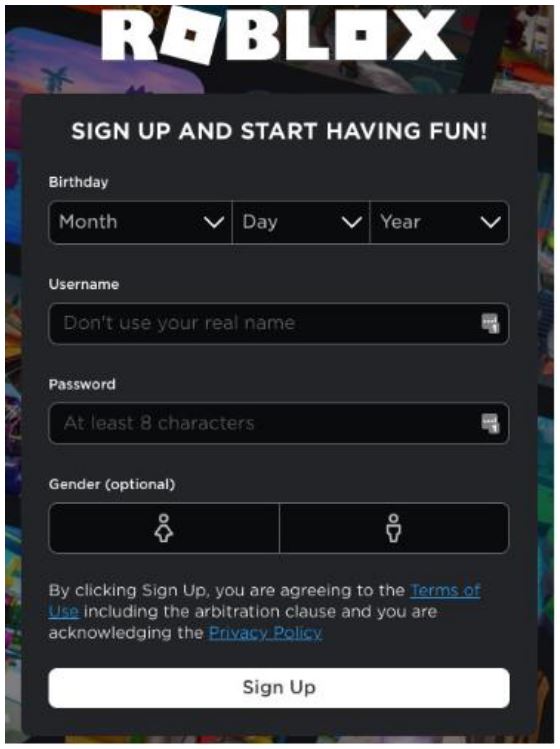Ecco la videata dell’app Uber per l’accettazione delle condizioni genrali, trea c ui la clausola arbitrale (queste liti son quasi sempre generate dal decidere l’accettazione o m,eo di querst’u,ti,a)

Eric Goldman ci notizia di MA Supreme Court 7 giugno 2024, Good v. Uber, SJC-13490.
La sintesi iniziale:
<<Relevant to this narrow inquiry, Uber presented its terms
of use to Good through its app in a manner that prevented Good
from continuing to use Uber’s services on his cellular telephone
unless Good both clicked a checkbox indicating that he had
“reviewed and agree[d]” to the terms and activated a button
labeled “Confirm,” further indicating his assent. This blocking
interface included a large graphic image of a clipboard holding
a document; near the bottom of the document was an “X” alongside
a graphic of a pencil poised as if to sign a legal instrument.
The interface was focused and uncluttered; it clearly alerted
Good multiple times, in prominent boldface text, that the
purpose of the blocking screen was to notify Good of Uber’s
terms of use. It encouraged Good to review those terms and
provided an identifiable hyperlink directly to the full text of
the terms of use document.
We conclude that these and other features of Uber’s
“clickwrap”2 contract formation process put Good on reasonable
notice of Uber’s terms of use, one of which was the agreement to
arbitrate disputes, like the present one, concerning the
personal injuries he suffered. Further concluding that Good’s
selection of the checkbox adjacent to the boldfaced text stating
that he “agree[d]” to the terms and his activation of the
“Confirm” button reasonably manifested his assent to the terms,
we reverse the order of the Superior Court judge denying Uber’s
motion to compel arbitration, and we remand for entry of an
order to submit the claims to arbitration>>.
